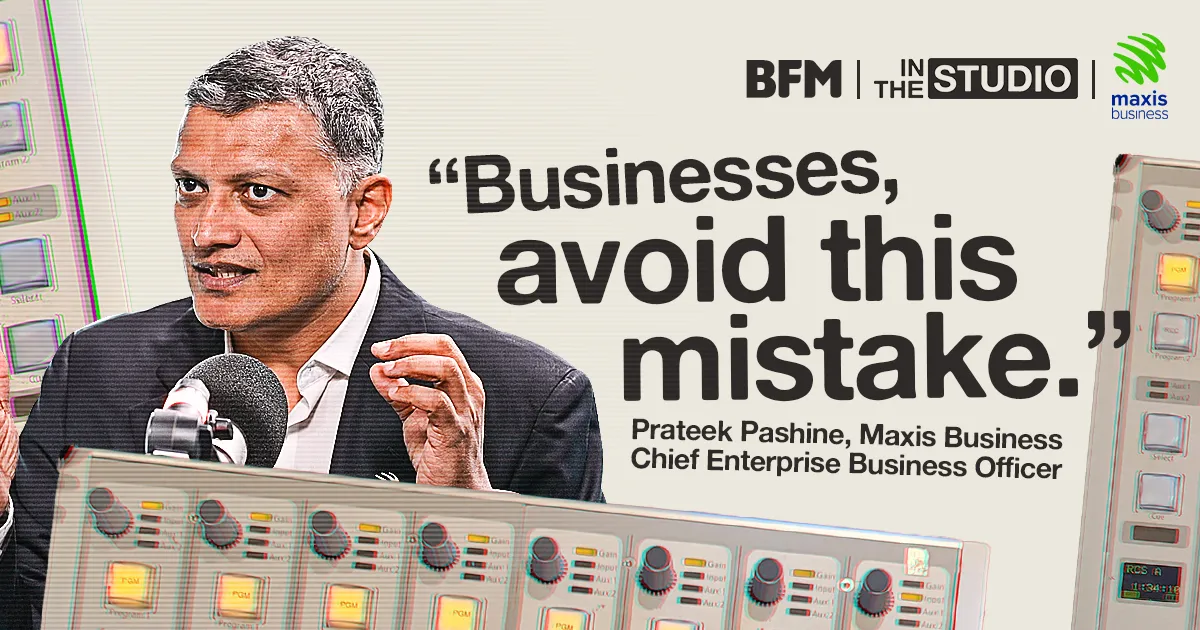SME Survival Guide: Are You Future Ready?
Ask yourself this: If you were to start your business today, what would be different? Would you recreate processes such as record keeping and billing in exactly the same way, or would you implement ones that are more cost-effective and efficient? Would you hire to replicate skills your team has always had or would you add something new to the pool? Would you restrict yourself to current methods of attracting customers?
Technology, the workplace and customers are all changing at a tireless pace, forcing companies of all sizes to adapt or die. In fact, 85% of business leaders believe that companies have only two years to make significant progress in their digital transformation plans or risk being left behind.
The longer companies hold on to old ways of doing things, the further behind they fall. Rigidly sticking to old methods because 'this has always worked for us,' puts your business at a disadvantage, not only against old competitors who have embarked on digital transformation but also against new companies who are 'born' digital.
The difference between having and using technology
According to Gartner, the vast majority of CIOs aren't looking at technology for anything further than to optimise their current operations.
Many companies, including SMEs, suffer from a grave disconnect between adopting technology and harnessing its full potential. Only half of Malaysia's SMEs use the cloud and most of them only for online storage. Only one-third of SMEs use IoT but almost exclusively for surveillance and fleet management. Of the 54% who claim to use 'analytics', most merely mean they are using spreadsheets. Even social media, arguably the most basic, easiest, cheapest and safest technology to improve communication and marketing, has a relatively low adoption rate among the country's SMEs (71%).
According to the 2016 Economic Census, only 73% of local SMEs use computers at all, and just over half use the internet for business. Only 20% have a web presence and fewer than one in 20 utilise e-commerce. Of the more than half a million micro-enterprises, which make up a large majority of the country's SMEs, less than a quarter use any form of business applications at all.

Does your company have a strong web presence? A 2016 economic census by SMECorp found that fewer than one in 20 small businesses sell their wares online.
How consumer centric are your IT decisions?
Your survival depends on retaining and growing your customer base, so how well are you harnessing ways of keeping customers happy?
If your customers have questions or complaints, can they reach out at any time or only between certain hours on certain days? When it comes to methods of contact, how many options do you offer? Enabling feedback makes your customers feel listened to and cared for. It also provides businesses valuable insight into what customers like, don't like, and may want from you in the future.
Do you turn to technology to think outside the box when you plan how to update your offerings? Consider that Netflix did not become the entertainment behemoth it is today by restricting itself to wondering how it could get customers to rent more DVDs.
How often do you look at your target market's changing demographics? Millennials like to do things on the go. 43% contact customer service and 79% prefer brands that allow them to do so from mobile devices, so do you provide a good mobile experience? If you answered 'yes,' then, are you sure? 60% of companies believe they offer a good mobile experience and yet a full 78% of their customers disagree.
What is your readiness level?
When you go online to plan a trip, your destination is the second thing travel sites ask for. The first question is, where are you travelling from. Likewise, when it comes to digital transformation, you need to know your starting point.
Your starting point is where you are right now: not only in terms of the technology you have but also how well you employ it to advance your business goals. Your starting point also refers to how tech-receptive your team is and how you view your customers. It is affected by the industry you are in (especially in terms of the industry's current and potential rate of disruption) and the size of your company.
That's a lot of factors to consider. Luckily, once again technology comes to the rescue. Once you have determined your starting point, you are ready to consider the next steps and final destination. That is what we will guide you through in our fifth and final article, The Journey to Digital Transformation A Roadmap for SMEs of this series.






